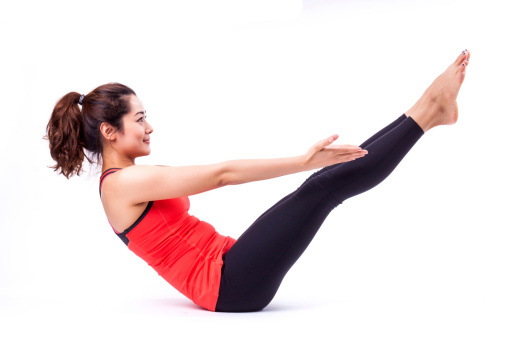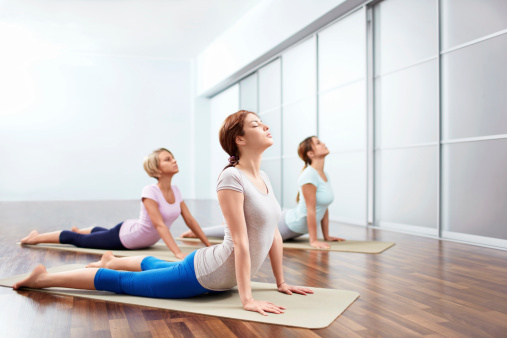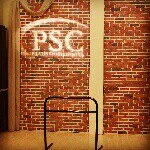Why the Core is the Core of Pilates
Tuesday, Nov. 11th, 2014
Pilates works the essential core muscles, inside and out.
The foundation of Pilates Sports Center’s Teacher Training education focuses on Nuts and Bolts, which is an alignment protocol that concentrates on anatomy and postural alignment. While that’s important to us, we also would like to talk more about the body’s “core,” which in essence is the “core” of Pilates.
Founding Principle
Pilates exercises were developed with the belief that the body’s core influenced the entire rest of the body. This principle guides all Pilates movements. Each segment either directly strengthens the core, or at least engages the core as it focuses on another muscle group.
Joseph Pilates, founder of this innovative exercise philosophy, found that when the core is strong, the limbs too are more functional and synchronized, the spine is stronger, and the internal organs are properly positioned.
Those who practice dance, various sports and rehabilitative exercises have also come to recognize core strength and stability as central to fitness. Keeping the pelvis and spine in steady position, while the limbs and body move as directed, is critical to fluid, controlled and injury-free movement.
Core Stability
Without core stability, people are tempted to arch their lower backs and pelvis to compensate. These are not only sure signs that you need to strengthen your core, but they are also, with time, positions that can be damaging as well.
Television is awash with ads that highlight pelvic weakness, back pain and the need for hip replacements. None of these are natural parts of the human condition, or the aging process. They represent neglected, misused and weak areas that have reached their breaking points. This doesn’t have to happen.

Muscles work in unison, for movement and support.
The Hips and Pelvis
The hip flexors run from the lumbar region to the femur, stabilizing the pelvis and protecting the lower back. In conjunction with the interposed sacrum and coccyx, the hips serve as the pelvic girdle, cradling the core that rests beneath all organs and the spine. A strong pelvic floor and wall can work against the gravitational force that pulls abdominal organs down, and has them bumping into and crowding each other.
A network of small muscles, such as the perineum, helps to support skeletal muscles on the outside as well.
At the start of all Pilates exercises, a neutral pelvis is the goal. It is the starting point for positions such as lying face or back down, kneeling, sitting or resting on hands or feet. From there, learning to achieve posterior and anterior pelvic tilts will help with many of the Pilates exercises. The pelvis will also tilt from side to side in certain exercises, or in rotation.
Central Muscles
Also essential to the core are internal abdominal muscles that help stabilize the spine and diaphragm muscles that keep the stomach in position. The rectus abdominus is a group of postural muscles that lift the pelvis and coordinate with the obliques to increase range of motion in the trunk.
A waist muscle, the quadratus lumborum, supports the area between ribs and pelvis, improving posture.
A Solid Base
Most people work out their derrieres to look good, but the butt muscles serve a pretty important purpose as well. The gluteus maximus is a pair of muscles that facilitates jumping, running, even climbing up the stairs. They flex the hips and stabilize the pelvis. Simply squeezing the glutes together tightly can go a long way towards maintaining mobility into older age.
Of course, looking good is a nice bonus. A strong core is good for the body and easy on the eyes.
Tags: fitness, home workout, pilates, pilates sports center



